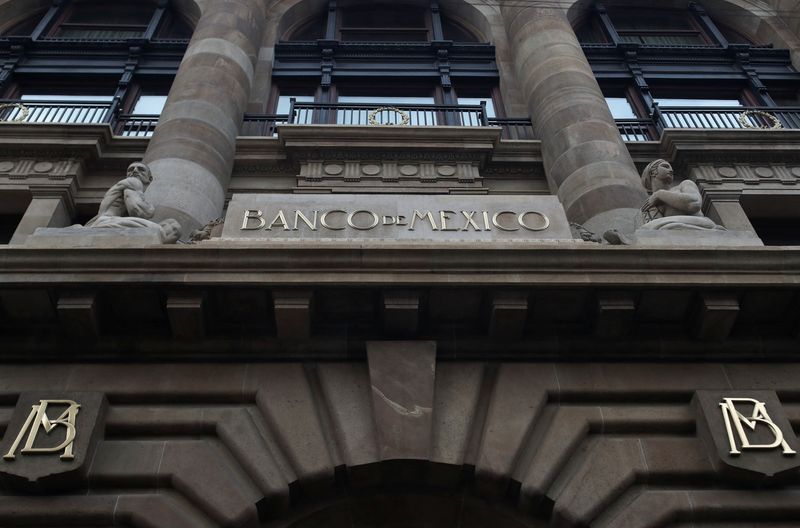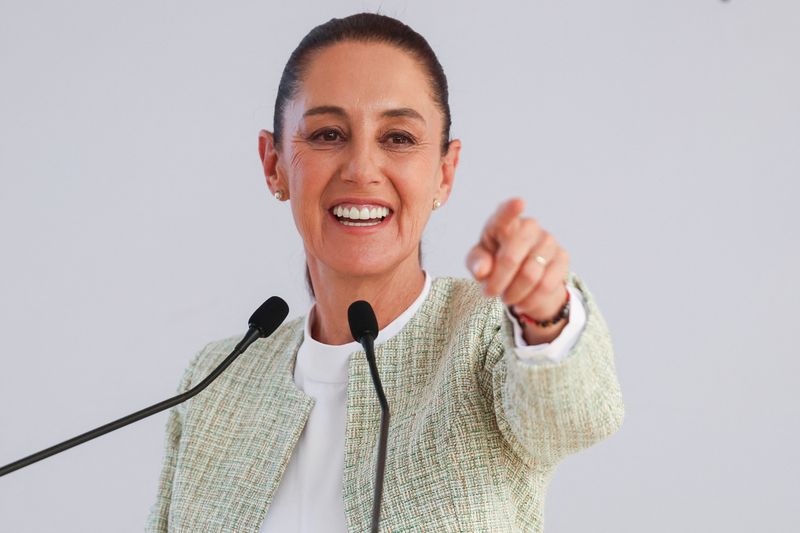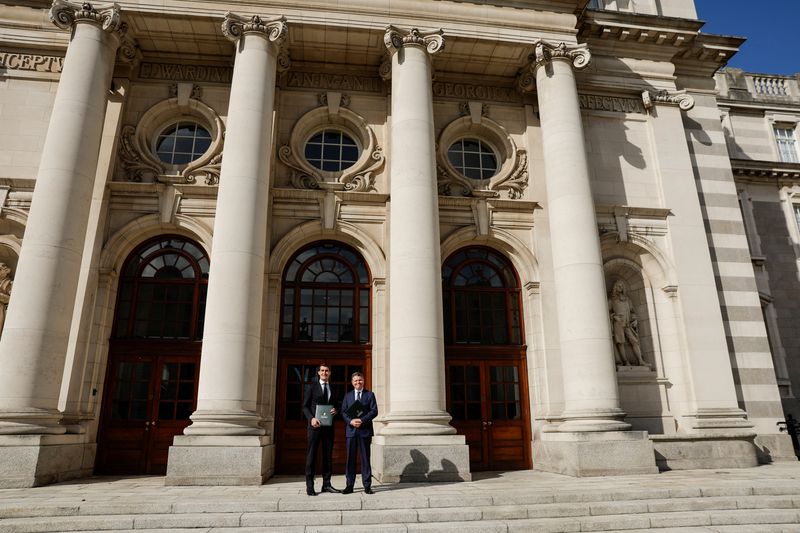Bank of Mexico may consider larger rate cuts, says bank governor

By Anthony Esposito
MEXICO CITY (Reuters) – The Bank of Mexico’s governing board may consider larger cuts to its benchmark interest rate going forward as inflation in Latin America’s second largest economy cools, bank governor Victoria Rodriguez told Reuters in an interview late on Monday.
Banxico, as the Mexican central bank is known, lowered its key rate by 25 basis points to 10.50% on Thursday, the second straight cut as price pressures ease. It previously cut rates by a quarter of a percentage point in March.
“We could assess the magnitude of the adjustments to the reference interest rate at our meetings going forward, given the levels of inflation that we have been observing,” Rodriguez said.
Banxico will announce its next monetary policy decisions on Nov. 14 and Dec. 19.
To be sure, the latest rate cut approved by Banxico’s five-member governing board was not unanimous. Deputy Governor Jonathan Heath voted to hold the rate at 10.75%.
Mexico’s annual headline inflation slowed to 4.66% in the first half of September, official data showed on Tuesday, its fourth consecutive fortnight of declines. Core inflation moderated to 3.95%, its lowest level since early 2021.
“The adjustment to the inflationary outlook indicates to us that it’s appropriate to reduce the level of restrictive monetary policy, though we also recognize we continue to face challenges,” said Rodriguez.
Last week, Banxico revised its forecast for annual headline inflation in the fourth quarter slightly downward to 4.3%, from 4.4% previously, while also adjusting its expectations for core inflation to 3.8% from 3.9%.
“The inflation outlook has been improving very significantly,” the Mexican central banker said.
Incoming Mexican President Claudia Sheinbaum takes office on Tuesday, and according to Rodriguez the country’s first woman president will take over the economy in a “solid position.”
In Rodriguez’s words, Mexico has sustainable external accounts, a very moderate current account deficit, a resilient banking system, and with adequate levels of international reserves.







